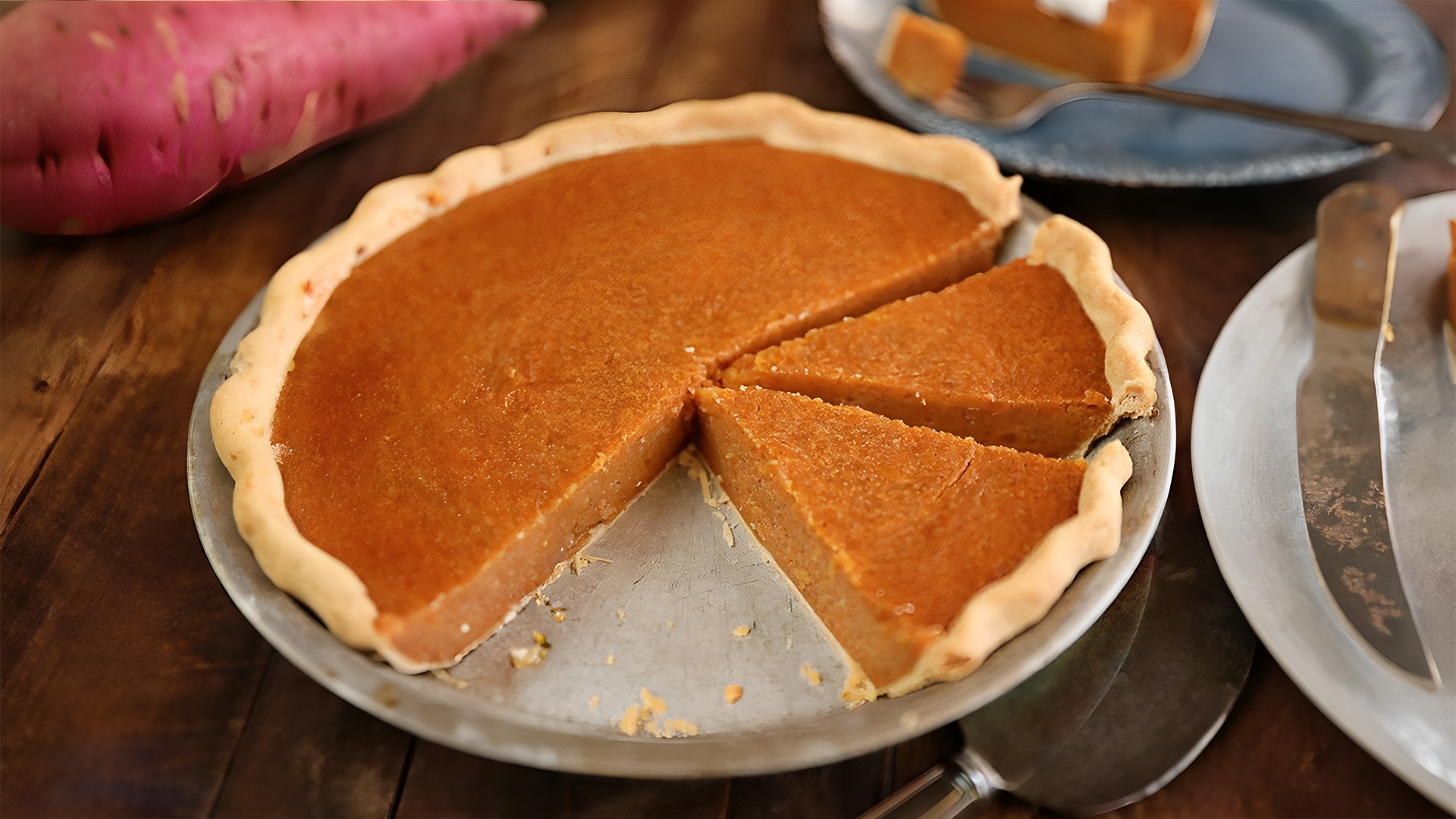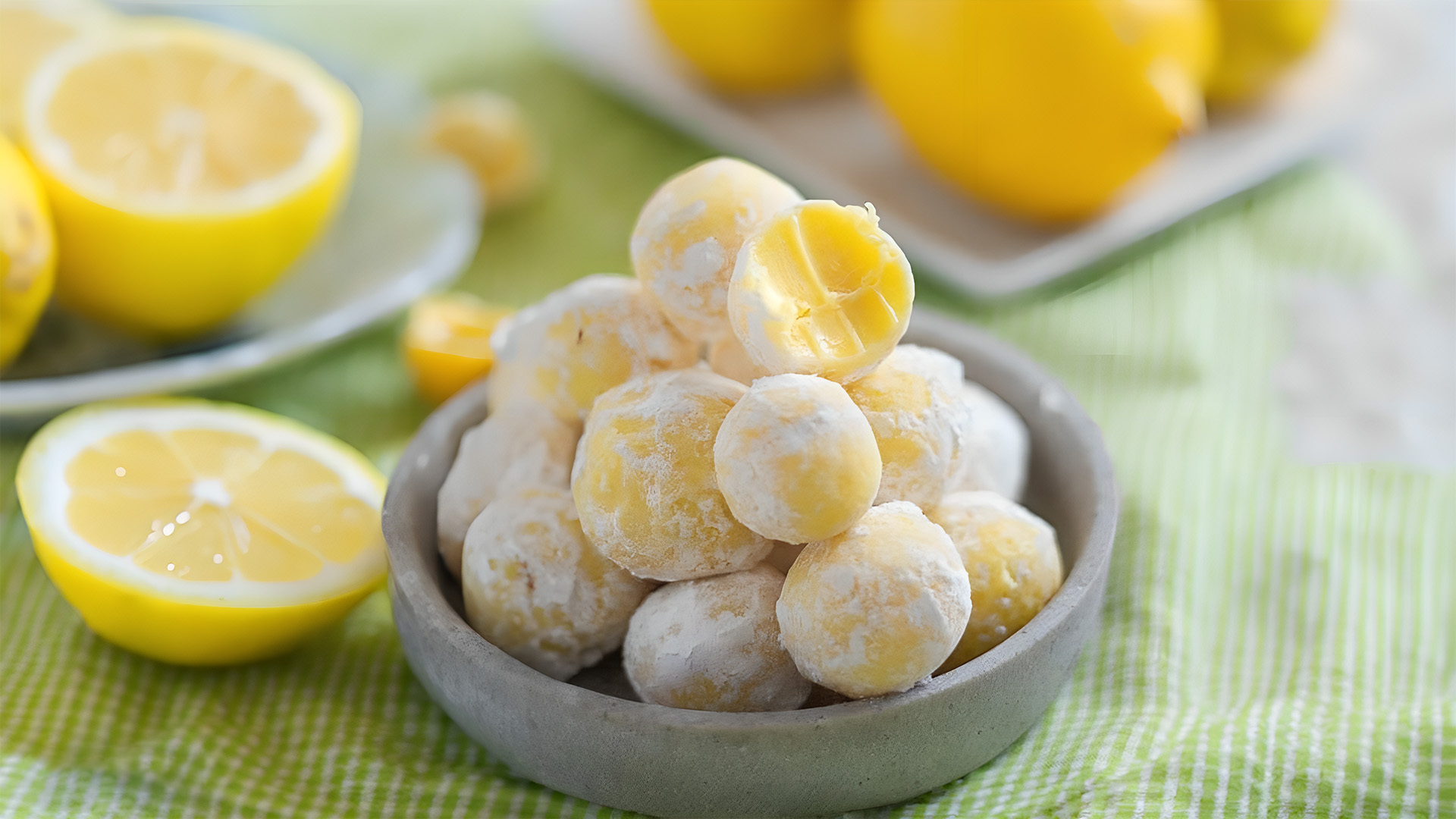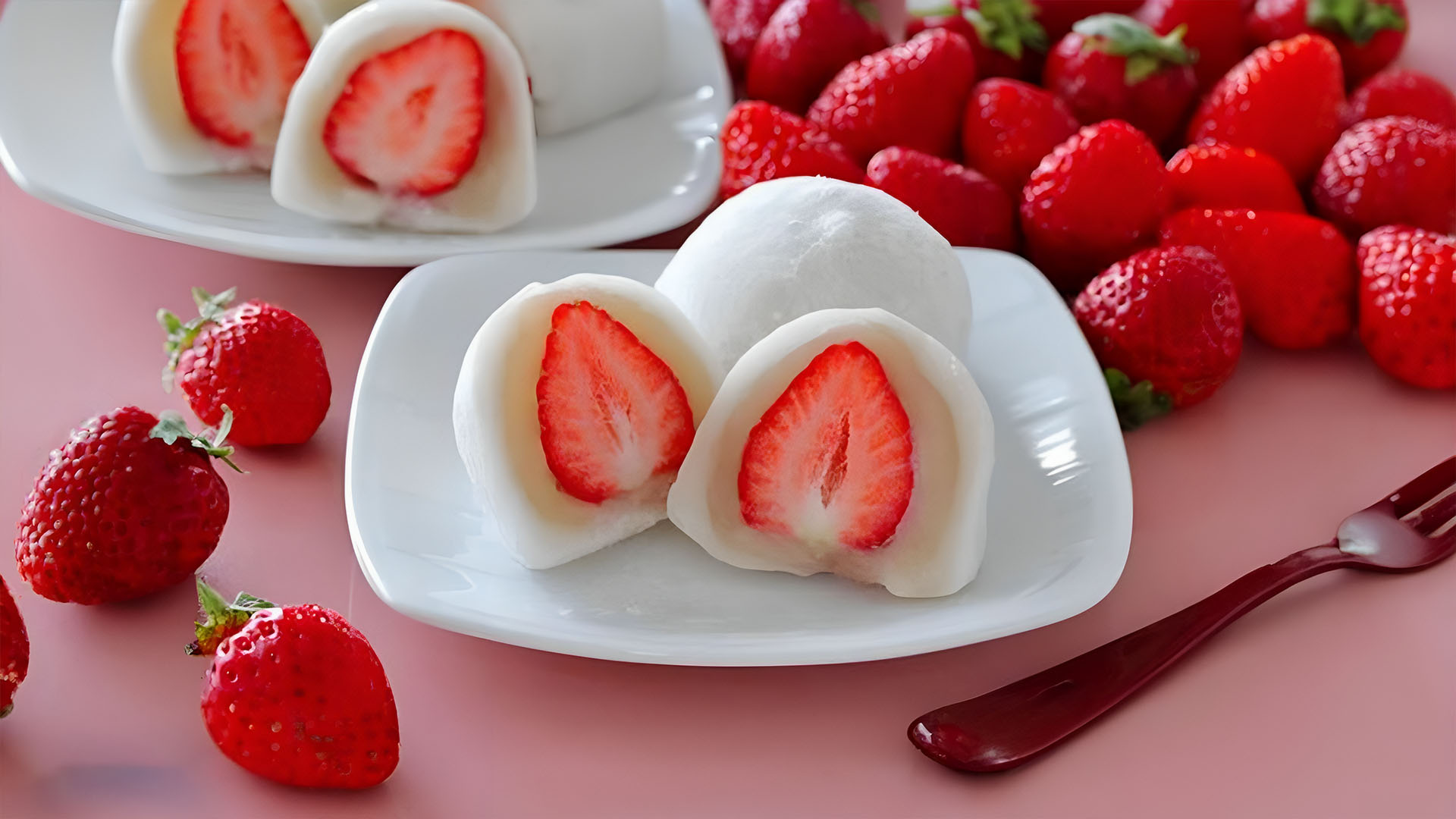Homemade Croissant Recipe – The croissant is a well-liked delicacy that has made its way into peoples’ stomachs and hearts all around the world thanks to its delicate layers and buttery scent. This crescent-shaped treat, which has French origins / French Food, is a delicacy with a distinctive flavor profile that is a mainstay of breakfasts, brunches, and cafes all over the world. This in-depth essay will examine the croissant’s fascinating history, examine how it is prepared and consumed, examine its mouthwatering flavor, and even provide you a step-by-step recipe to attempt making your own. So get ready to set out on a voyage around the croissant world!
Easy Homemade Croissant Recipe
What is Croissant?
A croissant is a flaky, crescent-shaped pastry made with yeasted dough that has been laminated with butter. Croissants get their signature flaky texture from the laminating process. Croissants are commonly consumed for breakfast or as a snack.
Croissants are thought to have originated in the 18th century in Vienna, Austria. They were originally created with a different type of dough than we know today’s croissants. The contemporary croissant originated in France in the early nineteenth century.
Croissants are now popular over the world. In many countries, they are a favorite breakfast meal, and they are also frequently used in pastries and sweets.
The History of Croissant
The croissant’s history is a narrative of culinary development and cross-cultural interaction. Contrary to popular assumption, the croissant has Austrian roots rather than French ones. Its predecessor was a crescent-shaped bread roll called the “kipferl,” which was created in Vienna in the early 13th century. The German term “kipferl” itself denotes a crescent or horn, and this name corresponds to the pastry’s shape.
The kipferl didn’t arrive in France until the 17th century, due to Marie Antoinette, who took the recipe with her when she wed Louis XVI. In France, the pastry experienced a number of changes, most notably the inclusion of extra butter and layers, which made the pastry into the croissant we are familiar with today. Due of its unusual shape, the French also gave it its name, which is “crescent” in their language.
How Croissants are Served
The variety of ways croissants can be consumed is one of the factors contributing to their continuing appeal. Here are a few typical ways to serve croissants:
- The simplest way to appreciate a croissant is to consume it unadulterated. A freshly baked plain croissant is a treat on its own, with a crisp, golden exterior and a delicate, flaky interior. It goes well with coffee or tea for a traditional French breakfast.
- Sweet Croissant: Croissants can be made into delicious sweets for people who have a sweet craving. For a simple and scrumptious treat, try spreading Nutella, jam, or honey on a split croissant.
- Sandwich made using a croissant: Croissants make great sandwich bread. To make a filling supper, you can fill them with a variety of items like ham and cheese, smoked salmon and cream cheese, or bacon and eggs.
- Almond Croissant: To make an almond croissant, fill a normal croissant with almond paste, then sprinkle it with powdered sugar and sliced almonds before baking. The outcome is a pastry that is sweet, nutty, and crunchy.
- Stale croissants can be transformed into a decadent bread pudding by making croissant bread pudding. They should be mixed with a custard that contains eggs, milk, sugar, and vanilla before being baked till golden and served with caramel sauce.
- French toast made from croissants: To make French toast, dip croissants in an egg and milk mixture before frying them until they are golden brown. Serve with whipped cream, maple syrup, or fresh berries.
How does Croissants Taste?
The flavor and texture of croissants are legendary. What makes them so alluring is as follows:
- Buttery and Flaky: The substantial amount of butter used in the dough gives croissants their flakiness and delicious flavor. Butter melts and evaporates during baking, forming air pockets that give croissants their distinctive layers.
- Soft and Chewy Interior: A croissant’s soft and chewy interior makes a delicious contrast to its crunchy outside. The dough is precisely folded and rolled to create this texture.
- Light Sweetness: Croissants feature a light sweetness that improves the overall flavor profile of the food. The buttery richness counteracts the sweetness to produce a pleasing flavor.
- Subtle Nuttiness: Almond paste and sliced almonds give croissants made with almonds a wonderful nuttiness that takes the pastry to a new level of decadence.
More Snacks Recipes
How to Made Easy Croissant Recipe at Home
Why not try cooking croissants at home now that you know their history, serving options, and flavor profile? Although the procedure might appear difficult, it’s a worthwhile endeavor. Here is a recipe with instructions:

Easy Homemade Croissant Recipe
Equipment
- Mixing Bowl
- Measuring Cups and Spoons
- Whisk
- Rolling Pin
- Baking Sheet
- Parchment Paper or Silicone Baking Mat
- Pastry Brush
- Knife or Pastry Wheel
- Plastic Wrap or Kitchen Towel
- Cooling Rack
- Oven
Ingredients
For the Dough
- 1/4 cup Hot Milk
- 2 1/4 tbsp Active dry yeast
- 1/4 Cup Granulated sugar
- 4 Cup All-purpose flour
- 1/2 Tbsp Salt
- 1 Cup Cold unsalted butter
For the Egg Wash
- 1 Egg
- 1 tbsp Milk
Instructions
- Activate the yeast by mixing warm milk, yeast, and a pinch of sugar in a small basin. About 10 minutes should pass for it to get foamy.
- To make the dough, combine the flour, sugar, and salt in a sizable mixing basin. Mix the dry ingredients with the yeast mixture until a dough forms.
- Put the Butter in: Roll out the dough into a rectangle, and put the cold butter in the middle of it. To seal the edges, fold the dough over the butter. The dough should be rolled out once more and folded into thirds like a letter. The dough should be re-worked twice more before being chilled for 30 minutes.
- The dough should be rolled out into a big rectangle and then cut into triangles to form the croissants. Create the traditional crescent form by rolling each triangle from the base to the tip.
- Croissants should be proofed by placing the cutouts on a baking sheet, covering them with a clean cloth, and allowing them to rise for about two hours, or until they have doubled in size.
- Bake: Set your oven's temperature to 375°F (190°C). To make the egg wash, mix the egg and milk in a small bowl. After brushing the croissants with egg wash, bake them for 15 to 20 minutes, or until they are flaky and golden brown.
- Enjoy: Before serving, allow the croissants to cool somewhat. You can eat them alone, with your preferred filling, or as a tasty meal.
Conclusion
The croissant is more than simply a pastry; it’s a gourmet creation with a fascinating heritage and a mouthwatering flavor. Croissants hold a unique place in the realm of baked products, whether they are consumed plain, as a sandwich, or transformed into a sweet treat. You can fully enjoy the charm of this adored delicacy by learning about its history, serving options, flavor profile, and even by trying your hand at creating them at home. So here’s some easy homemade croissant recipe and don’t forget to enjoy a croissant’s buttery, flaky richness and appreciate its ageless charm











Leave a Reply